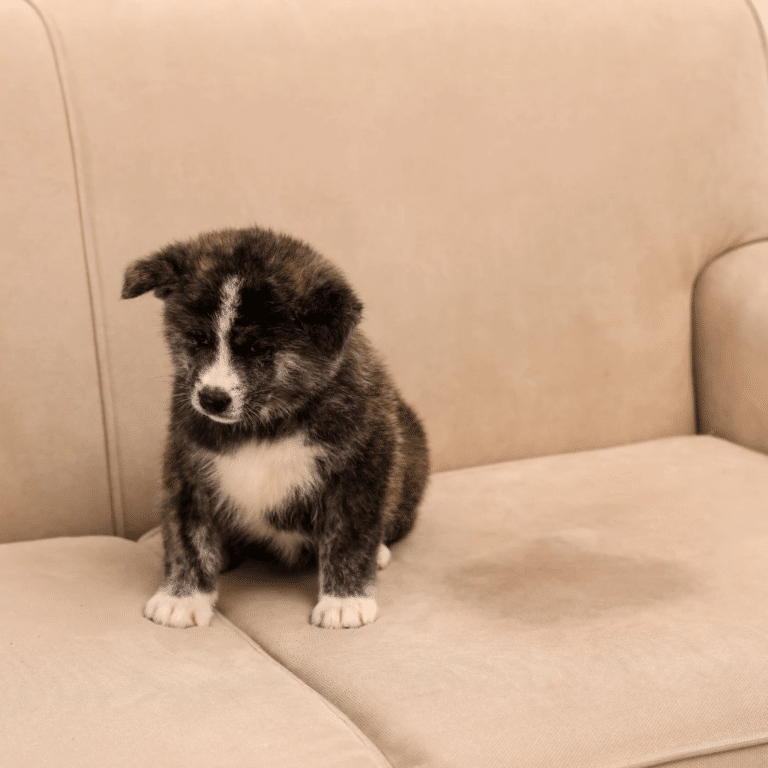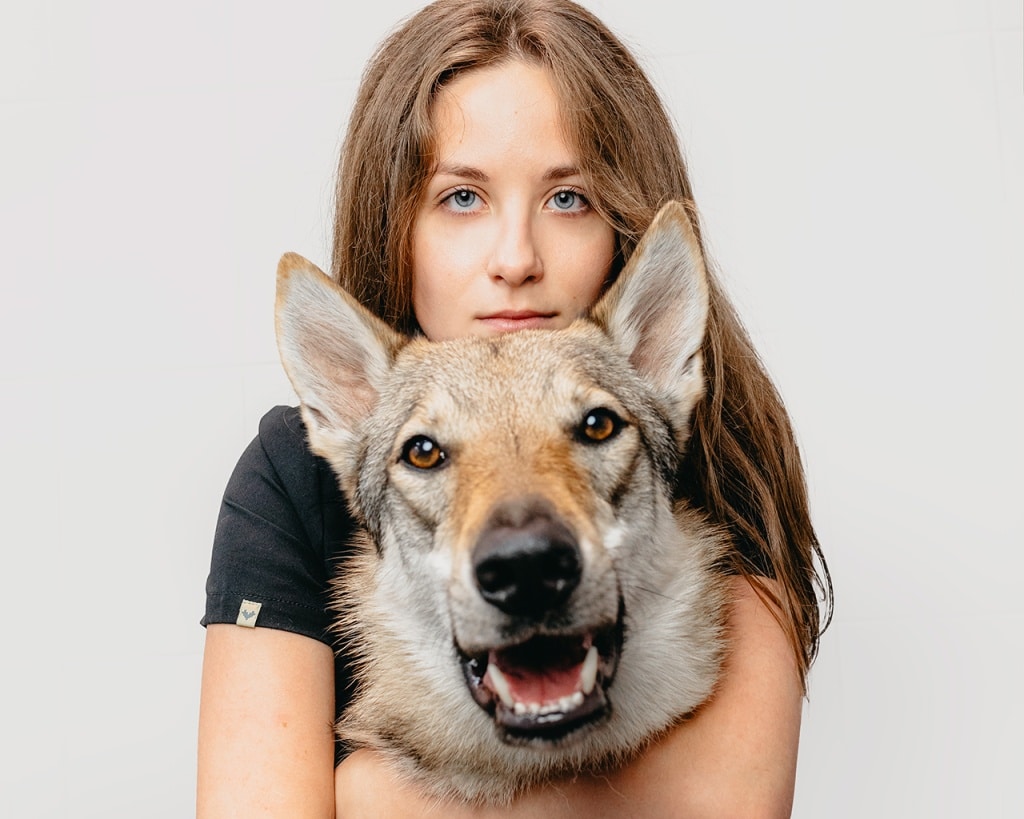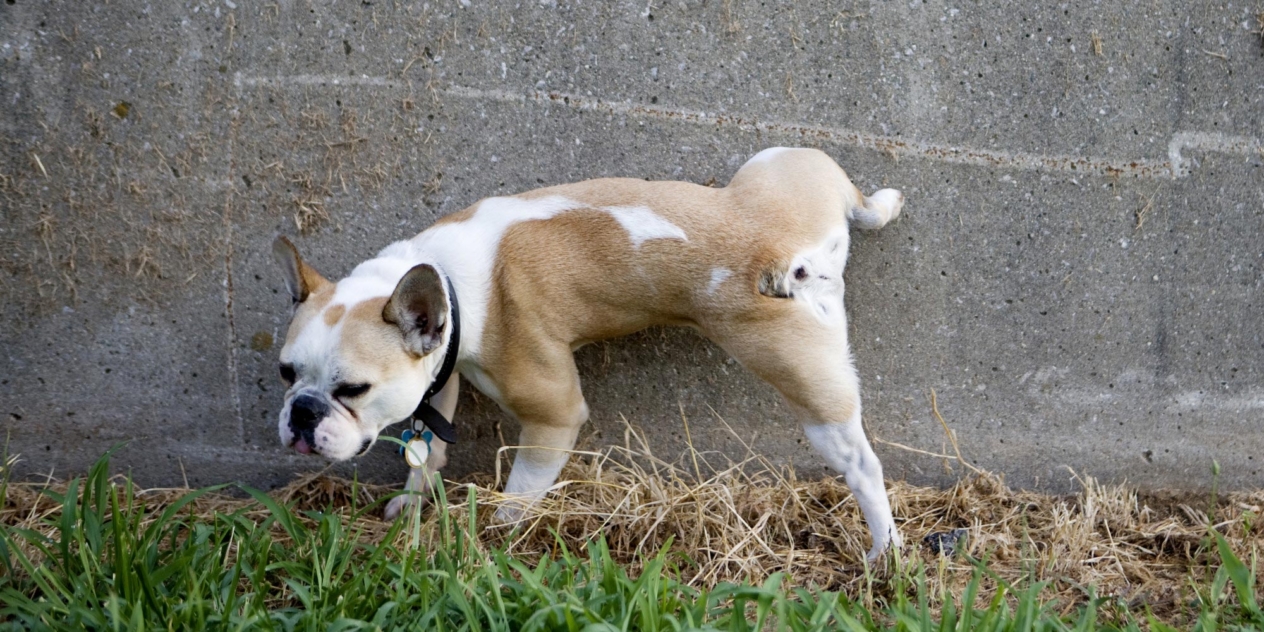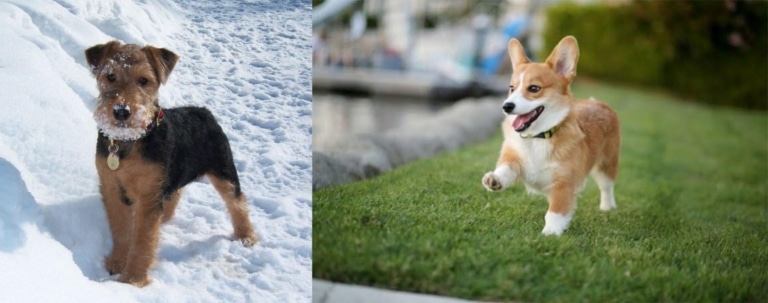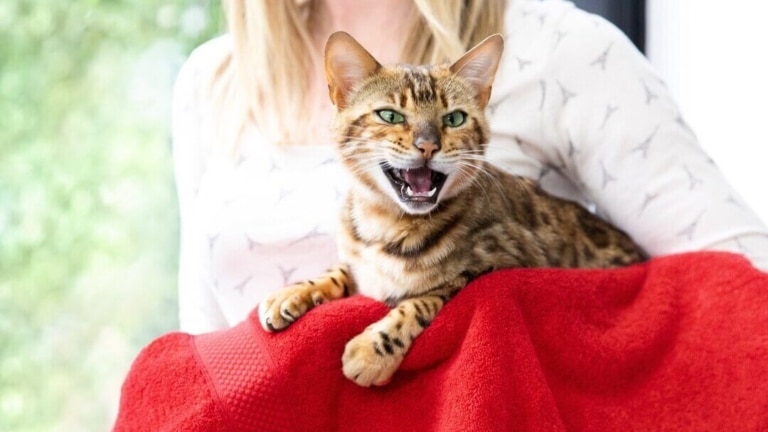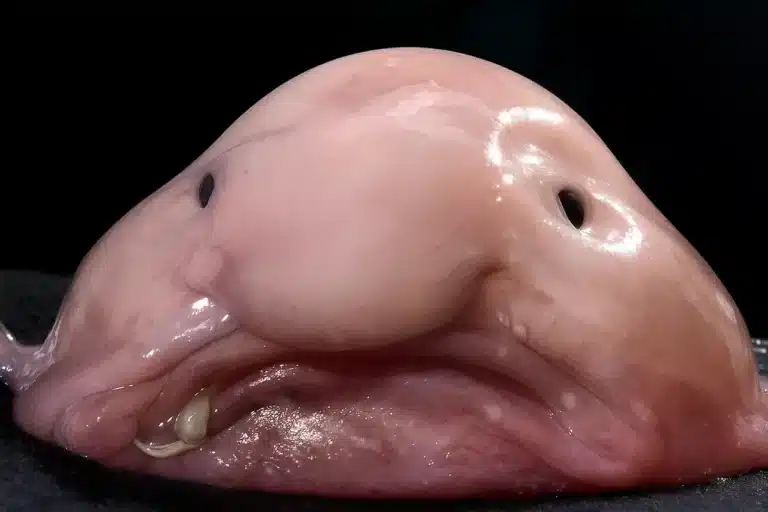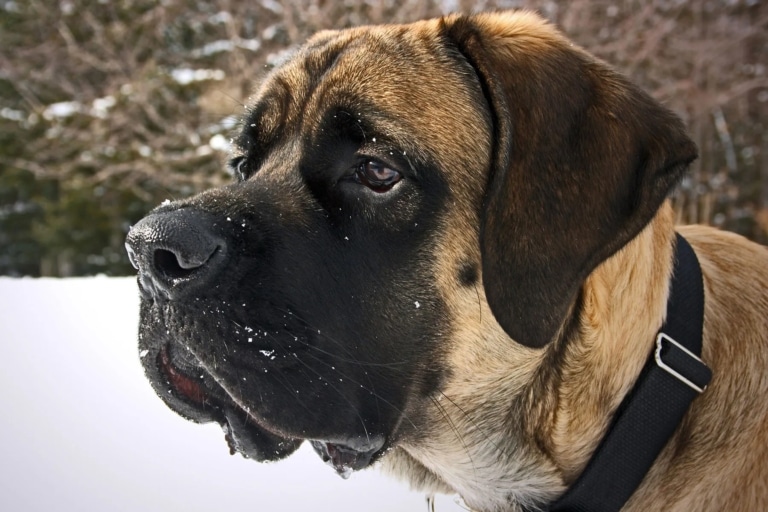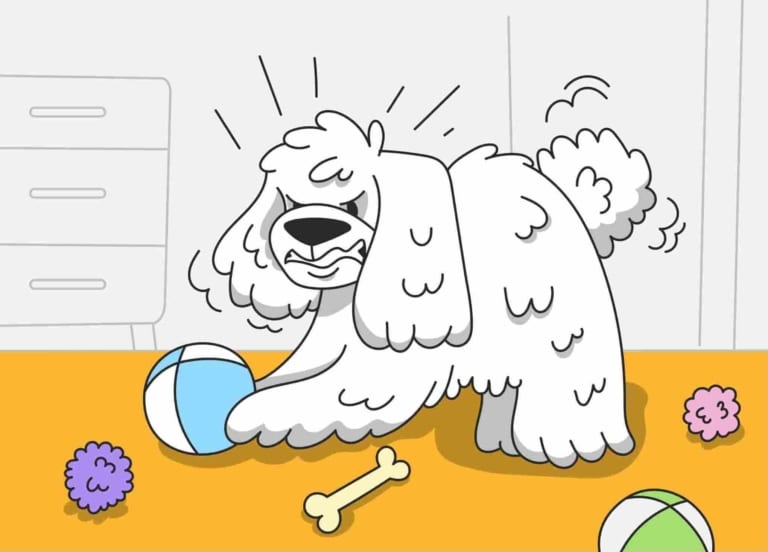It is unpleasant when a dog leaves “puddles” in the house, especially when he should have stopped doing so a long time ago. Such situations are annoying, confusing and often cause misunderstandings between the owner and the Pet. However, it is worth remembering: inappropriate urination is not a whim, but a symptom. And before you punish or shame your dog, you need to find out why it happened.
Let’s consider the main reasons for such a phenomenon as the dog began to pee in the house, in order to find an effective and humane solution:
Medical reasons
The first and mandatory step is to rule out health problems. Even a well-mannered dog will not be able to restrain if it has a physiological disorder. The most common medical causes are:
– Urinary tract infections,
– urolithiasis,
– inflammation of the bladder or kidneys,
– diabetes mellitus,
– prostate disease (in males), or other hormonal disorders.
In such cases, the dog may ask to go outside frequently, urination becomes painful, drops of blood or even spontaneous leakage may occur. If you suspect any of these things, don’t guess, but see a veterinarian. Timely diagnosis can not only solve the problem, but also save the health (and sometimes life) of your pet.
Stress and anxiety
Dogs are very sensitive to emotions and changes in their environment. Urinary incontinence in dogs is often a reaction to stress. Causes may include:
– moving, renovations, change of owners, or a new pet,
– loud noises, loneliness or family conflict,
– overexcitement or fear.
In such cases, a dog may pee out of joy (especially young animals), out of fear (such as being scolded), or out of confusion about a new situation.
It is important to create a calm environment, keep a routine, give more praise and less yelling. If anxiety is the cause, consultation with a dog behaviorist or even a veterinary behaviorist may help.
Behavioral causes
Sometimes a dog will mark his territory – don’t confuse this with a need to go to the bathroom. This is especially true for unneutered males or animals living in high-rise buildings that can smell other dogs.
A dog may also pee in “forbidden places” if:
– feels jealous (e.g., of a new baby or another pet);
– is vying for attention – when it realizes that only “guilt” elicits a reaction from the owner;
– feels uncertain about the rules: today it is allowed, tomorrow it is not allowed.
In such cases, it is necessary to reinforce the rules of behavior, avoid retaliatory aggression and provide the animal with enough attention, walking and mental load.
Problems with training
Finally, the most trivial but common cause is insufficient or improper toilet training. This happens to puppies, but sometimes also to adult dogs that have been adopted from a shelter or off the street.
It’s possible that the dog
– Doesn’ t understand exactly where to go;
– doesn’t have time for a walk because it’s too little or too late;
– is in conflict with the rhythm of the owner’s day.
In this case, patient and consistent training is required: frequent walks, praise after each successful urination outside, ignoring failures without punishment. Restriction of space (e.g. closing access to certain rooms) and rituals such as walking after sleeping, eating and playing can also help.
Conclusion
Inappropriate urination is not an “accidental nuisance” but an important signal. Listen to your dog: if he is in pain, if he is scared, if his rhythm of life is okay. Attention, patience and the right actions are the key to ensuring that “puddles” are only a memory of puppyhood.

